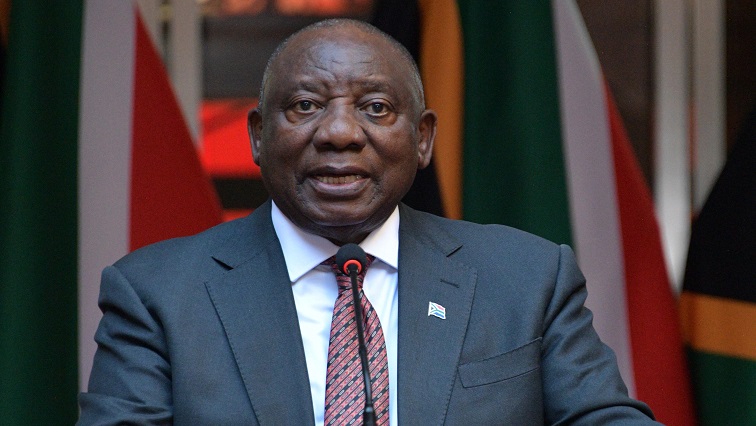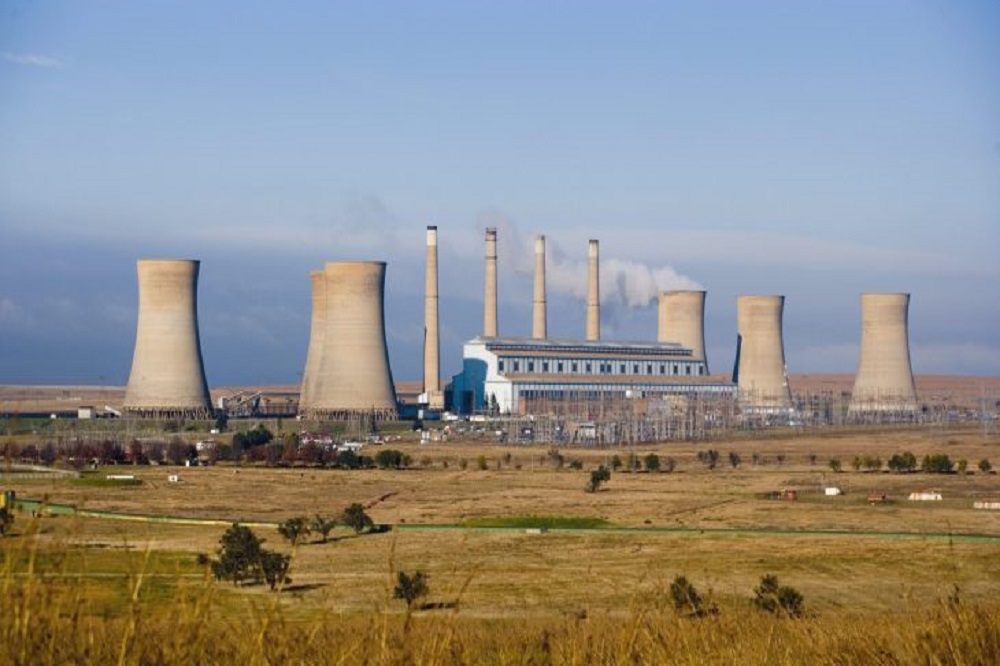South Africa has officially launched the second phase of Operation Vulindlela with local government, spatial inequality and digital transformation in sharp focus.
The joint reform initiative between the Presidency and National Treasury, aimed at accelerating structural reforms to boost economic growth, has been in place since 2020.
During a technical briefing in Pretoria earlier today, Treasury highlighted the programme’s progress in energy reform and private sector investment.
The Director of Strategy and Delivery Support in the Presidency, Saul Musker, has revealed that Phase II of Operation Vulindlela will broaden its focus to include local government reforms, efforts to address spatial inequality, and the acceleration of digital transformation across South Africa.
Speaking on the need for deeper structural change, Musker emphasises that breaking systemic constraints is essential to unlocking economic growth and improving service delivery.
“It’s widely understood that the deteriorating performance of local government is a major constraint on growth,” Musker says. “You can solve the energy supply problem, as mentioned earlier, but if you still have interruptions due to failing distribution networks or poor service delivery, it affects businesses and holds back investment.”
This marks a shift toward addressing long-standing inefficiencies at the municipal level, which have hampered both economic development and public confidence in governance.
Also weighing in, Acting Chief Director for Microeconomic Policy at National Treasury, Aalia Cassim, underscores the importance of aligning local government reforms with progress made in other sectors, particularly energy.
“I think it’s important to point out that you’re not going to see the full impact of some of the electricity reforms until you reform distribution,” Cassim notes.
“Some of the biggest strides have been made in the electricity sector, and the priority now is to accelerate market reform for long-term energy security, introduce competition, and support the competitiveness of the broader economy.”
The National Treasury says driving structural transformation of the economy was the rationale for pursuing additional reforms in Phase II, approved by Cabinet in March this year.





